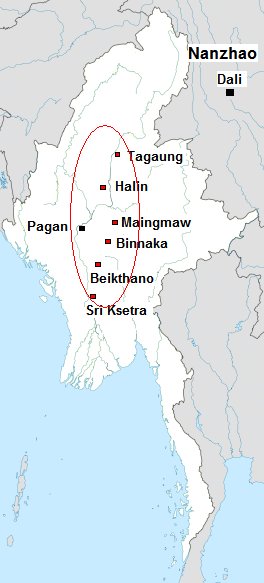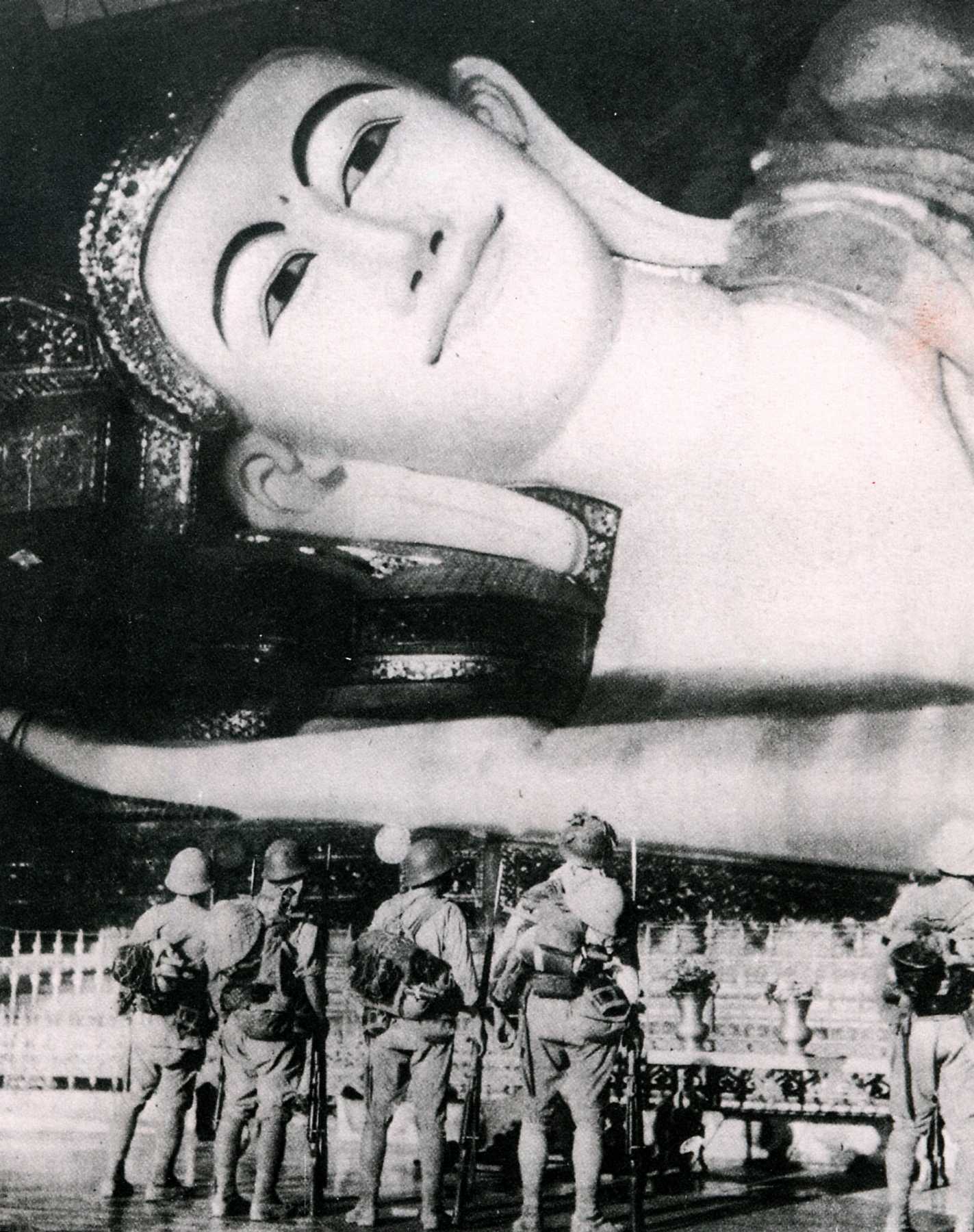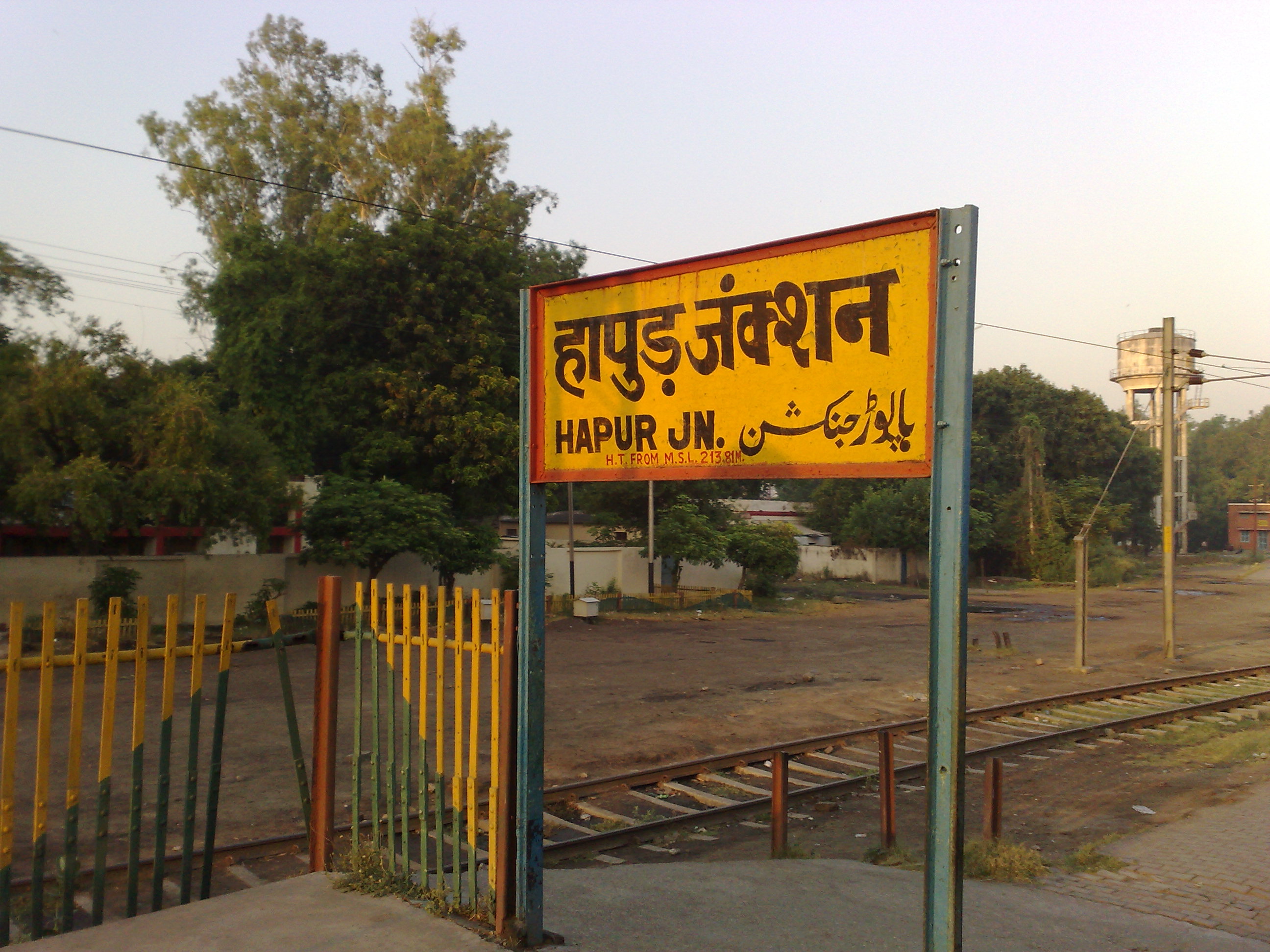|
Bamar People
The Bamar (, ; also known as the Burmans) are a Sino-Tibetan languages, Sino-Tibetan ethnic group native to Myanmar (formerly Burma) in Southeast Asia. With approximately 35 million people, the Bamar make up the largest ethnic group in Myanmar, constituting 68% of the country's population. The geographic homeland of the Bamar is the Irrawaddy River, Irrawaddy River basin. Burmese language, Burmese is the native language of the Bamar, as well as the national language and lingua franca of Myanmar. Ethnonyms In the Burmese language, Bamar (ဗမာ, also transcribed Bama) and Myanmar (မြန်မာ, also transliterated Mranma and transcribed Myanma) have historically been interchangeable Endonym and exonym, endonyms. Burmese is a Diglossia, diglossic language; "Bamar" is the diglossic low form of "Myanmar," which is the diglossic high equivalent. The term "Myanmar" is extant to the early 1100s, first appearing on a stone inscription, where it was used as a cultural identi ... [...More Info...] [...Related Items...] OR: [Wikipedia] [Google] [Baidu] |
Burmese People
Burmese people or Myanma people ( my, မြန်မာလူမျိုး) are citizens or people from Myanmar (Burma), irrespective of their ethnic or religious background. Myanmar is a multi-ethnic, multi-cultural and multi-lingual country. The Burmese government officially recognises 135 ethnic groups, who are grouped into eight 'national races,' namely the Bamar (Burmans), Shan, Karen, Rakhine (Arakanese), Mon, Kachin, Chin, and Kayah (Karenni). Many ethnic and ethnoreligious communities exist outside these defined groupings, such as the Burmese Chinese and Panthay, Burmese Indians, Anglo-Burmese, and Gurkhas. The 2014 Myanmar Census enumerated 51,486,253 persons. There is also a substantial Burmese diaspora, the majority of whom have settled in neighbouring Asian countries. Refugees and asylum seekers from Myanmar make up one of the world's five largest refugee populations. Concept of ''Myanmar'' Similar to the concepts of pribumi in Indonesia and bumipu ... [...More Info...] [...Related Items...] OR: [Wikipedia] [Google] [Baidu] |
Irrawaddy River
The Irrawaddy River ( Ayeyarwady River; , , from Indic ''revatī'', meaning "abounding in riches") is a river that flows from north to south through Myanmar (Burma). It is the country's largest river and most important commercial waterway. Originating from the confluence of the N'mai and Mali rivers, it flows relatively straight North-South before emptying through the Irrawaddy Delta in the Ayeyarwady Region into the Andaman Sea. Its drainage basin of about covers a large part of Burma. After Rudyard Kipling's poem, it is sometimes referred to as ' The Road to Mandalay'. As early as the sixth century, the river was used for trade and transport. Having developed an extensive network of irrigation canals, the river became important to the British Empire after it had colonized Burma. The river is still as vital today, as a considerable amount of (export) goods and traffic moves by river. Rice is produced in the Irrawaddy Delta, irrigated by water from the river. In 2007, Myanmar ... [...More Info...] [...Related Items...] OR: [Wikipedia] [Google] [Baidu] |
Himalayas
The Himalayas, or Himalaya (; ; ), is a mountain range in Asia, separating the plains of the Indian subcontinent from the Tibetan Plateau. The range has some of the planet's highest peaks, including the very highest, Mount Everest. Over 100 peaks exceeding in elevation lie in the Himalayas. By contrast, the highest peak outside Asia (Aconcagua, in the Andes) is tall. The Himalayas abut or cross five countries: Bhutan, India, Nepal, China, and Pakistan. The sovereignty of the range in the Kashmir region is disputed among India, Pakistan, and China. The Himalayan range is bordered on the northwest by the Karakoram and Hindu Kush ranges, on the north by the Tibetan Plateau, and on the south by the Indo-Gangetic Plain. Some of the world's major rivers, the Indus, the Ganges, and the Tsangpo–Brahmaputra, rise in the vicinity of the Himalayas, and their combined drainage basin is home to some 600 million people; 53 million people live in the Himalayas. The Himalayas have ... [...More Info...] [...Related Items...] OR: [Wikipedia] [Google] [Baidu] |
Burmish Languages
The Burmish languages are Burmese, including Standard Burmese, Arakanese and other Burmese dialects such as the Tavoyan dialects as well as non-literary languages spoken across Myanmar and South China such as Achang, Lhao Vo, Lashi, and Zaiwa. The various Burmish languages have a total of 35 million native speakers. Names Many Burmish names are known by various names in different languages (Bradley 1997). In China, the Zaiwa ဇိုင်ဝါး/အဇီး 载瓦 (local Chinese exonym: Xiaoshan ရှောင့်ရှန် 小山), Lhao Vo 浪速 (local Chinese exonym: Lang'e 浪峨), Lashi 勒期 (local Chinese exonym: Chashan 茶山), and Pela 波拉 are officially classified as Jingpo people (''Bolayu Yanjiu''). The local Chinese exonym for the Jingpho proper is Dashan 大山. Dai Qingxia (2005:3) lists the following autonyms and exonyms for the various Burmish groups as well as for Jingpho which is not a Burmish language, with both Chinese character and IP ... [...More Info...] [...Related Items...] OR: [Wikipedia] [Google] [Baidu] |
Anawrahta
Anawrahta Minsaw ( my, အနော်ရထာ မင်းစော, ; 11 May 1014 – 11 April 1077) was the founder of the Pagan Empire. Considered the father of the Burmese nation, Anawrahta turned a small principality in the dry zone of Upper Burma into the first Burmese Empire that formed the basis of modern-day Burma (Myanmar).Harvey 1925: 34Htin Aung 1967: 38 Historically verifiable Burmese history begins with his accession to the Pagan throne in 1044.Coedès 1968: 133, 148–149, 155 Anawrahta unified the entire Irrawaddy valley for the first time in history, and placed peripheral regions such as the Shan States and Arakan (Rakhine) under Pagan's suzerainty. He successfully stopped the advance of Khmer Empire into Tenasserim coastline and into Upper Menam valley, making Pagan one of two main kingdoms in mainland Southeast Asia. A strict disciplinarian, Anawrahta implemented a series of key social, religious and economic reforms that would have a lasting impact ... [...More Info...] [...Related Items...] OR: [Wikipedia] [Google] [Baidu] |
Pagan Empire
The Kingdom of Pagan ( my, ပုဂံခေတ်, , ; also known as the Pagan Dynasty and the Pagan Empire; also the Bagan Dynasty or Bagan Empire) was the first Burmese kingdom to unify the regions that would later constitute modern-day Myanmar. Pagan's 250-year rule over the Irrawaddy valley and its periphery laid the foundation for the ascent of Burmese language and culture, the spread of Bamar ethnicity in Upper Myanmar, and the growth of Theravada Buddhism in Myanmar and in mainland Southeast Asia.Lieberman 2003: 88–123 The kingdom grew out of a small 9th-century settlement at Pagan (present-day Bagan) by the Mranma/Burmans, who had recently entered the Irrawaddy valley from the Kingdom of Nanzhao. Over the next two hundred years, the small principality gradually grew to absorb its surrounding regions until the 1050s and 1060s when King Anawrahta founded the Pagan Empire, for the first time unifying under one polity the Irrawaddy valley and its periphery. By ... [...More Info...] [...Related Items...] OR: [Wikipedia] [Google] [Baidu] |
State Peace And Development Council
The State Peace and Development Council ( my, နိုင်ငံတော် အေးချမ်းသာယာရေး နှင့် ဖွံ့ဖြိုးရေး ကောင်စီ ; abbreviated SPDC or , ) was the official name of the military government of Burma (Myanmar) which, in 1997, succeeded the State Law and Order Restoration Council ( my, နိုင်ငံတော်ငြိမ်ဝပ်ပိပြားမှုတည်ဆောက်ရေးအဖွဲ့ that seized power under the rule of Saw Maung in 1988. On 30 March 2011, Senior General and Council Chairman Than Shwe signed a decree that officially dissolved the council. From 1988 to 1997, the junta was known as the State Law and Order Restoration Council ( my, နိုင်ငံတော် ငြိမ်ဝပ်ပိပြားမှု တည်ဆောက်ရေးအဖွဲ့, links=no; abbreviated SLORC or ), which had succeeded the Pyithu Hluttaw as a leg ... [...More Info...] [...Related Items...] OR: [Wikipedia] [Google] [Baidu] |
English Language
English is a West Germanic language of the Indo-European language family, with its earliest forms spoken by the inhabitants of early medieval England. It is named after the Angles, one of the ancient Germanic peoples that migrated to the island of Great Britain. Existing on a dialect continuum with Scots, and then closest related to the Low Saxon and Frisian languages, English is genealogically West Germanic. However, its vocabulary is also distinctively influenced by dialects of France (about 29% of Modern English words) and Latin (also about 29%), plus some grammar and a small amount of core vocabulary influenced by Old Norse (a North Germanic language). Speakers of English are called Anglophones. The earliest forms of English, collectively known as Old English, evolved from a group of West Germanic (Ingvaeonic) dialects brought to Great Britain by Anglo-Saxon settlers in the 5th century and further mutated by Norse-speaking Viking settlers starting in the 8th and 9th ... [...More Info...] [...Related Items...] OR: [Wikipedia] [Google] [Baidu] |
Independence Day (Myanmar)
Independence Day ( my, လွတ်လပ်ရေးနေ့) is a national holiday observed annually in Myanmar every 4 January. The date celebrates Myanmar's Declaration of Independence from British rule on 4 January 1948. Origin In the 19th century, following three Anglo-Burmese Wars, Burma was colonized by Britain. On 1 April 1937, Burma became a separately administered colony of Great Britain and Ba Maw became the first Prime Minister and Premier of Burma. Ba Maw was an outspoken advocate for Burmese self-rule and he opposed the participation of Great Britain, and by extension Burma, in World War II. He resigned from the Legislative Assembly and was arrested for sedition. In 1940, before Japan formally entered the Second World War, Aung San formed the Burma Independence Army in Japan. A major battleground, Burma was devastated during the Second World War. By March 1942, within months after they entered the war, Japanese troops had advanced on Rangoon and the British ad ... [...More Info...] [...Related Items...] OR: [Wikipedia] [Google] [Baidu] |
Japanese Occupation Of Burma
The Japanese occupation of Burma was the period between 1942 and 1945 during World War II, when Burma was occupied by the Empire of Japan. The Japanese had assisted formation of the Burma Independence Army, and trained the Thirty Comrades, who were the founders of the modern Armed Forces (''Tatmadaw''). The Burmese hoped to gain support of the Japanese in expelling the British, so that Burma could become independent.Micheal Clodfelter. Warfare and Armed Conflicts: A Statistical Reference to Casualty and Other Figures, 1500–2000. 2nd Ed. 2002 . p. 556Werner Gruhl, Imperial Japan's World War Two, 1931–1945 Transaction 2007 (Werner Gruhl is former chief of NASA's Cost and Economic Analysis Branch with a lifetime interest in the study of the First and Second World Wars.) In 1942, Japan invaded Burma and nominally declared the colony independent as the ''State of Burma'' on 17 May 1942. A puppet government led by Ba Maw was installed. However, many Burmese began to believe the ... [...More Info...] [...Related Items...] OR: [Wikipedia] [Google] [Baidu] |
British Rule In Burma
( Burmese) , conventional_long_name = Colony of Burma , common_name = Burma , era = Colonial era , event_start = First Anglo-Burmese War , year_start = 1824 , date_start = 5 March , event_end = Independence declared , year_end = 1948 , date_end = 4 January , life_span = 1824–1948 , event1 = Anglo-Burmese Wars , date_event1 = 1824–1826, 1852–1853, 1885 , event2 = Separation from British India , date_event2 = 1937 ( Government of Burma Act) , event3 = Japanese and Thai occupation , date_event3 = 1942–1945 , p1 = British Raj , flag_p1 = British_Raj_Red_Ensign.svg , p2 = Konbaung Dynasty , flag_p2 = Flag of Konbaung Dynasty (Nonrectangular).svg , p3 = State of Burma , ... [...More Info...] [...Related Items...] OR: [Wikipedia] [Google] [Baidu] |
Diglossia
In linguistics, diglossia () is a situation in which two dialects or languages are used (in fairly strict compartmentalization) by a single language community. In addition to the community's everyday or vernacular language variety (labeled "L" or "low" variety), a second, highly codified lect (labeled "H" or "high") is used in certain situations such as literature, formal education, or other specific settings, but not used normally for ordinary conversation. In most cases, the H variety has no native speakers but various degrees of fluency of the low speakers. In cases of three dialects, the term triglossia is used. When referring to two writing systems coexisting for a single language, the term digraphia is used. The high variety may be an older stage of the same language (as in medieval Europe, where Latin (H) remained in formal use even as colloquial speech (L) diverged), an unrelated language, or a distinct yet closely related present-day dialect (as in northern India a ... [...More Info...] [...Related Items...] OR: [Wikipedia] [Google] [Baidu] |

.jpg)



